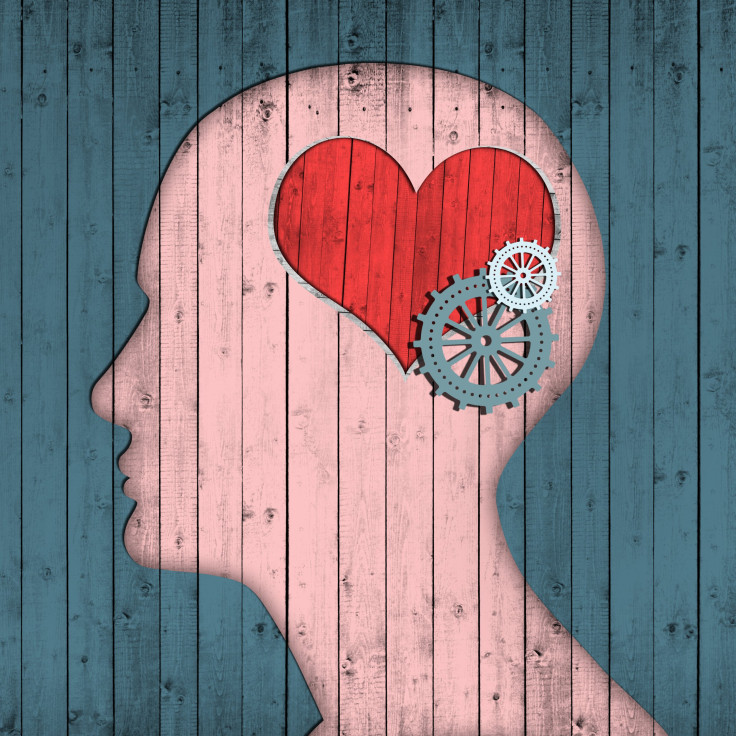'Love Hormone' Oxytocin May Someday Treat Brain Disorders Via Maternal Bonding

Oxytocin won its name over 100 years ago, according to historical records, and has since earned the reputation as the love and cuddle hormone from its role in relationship building and mating. Later on, it was discovered to even assist in parenting. A team of neuroscientists at NYU Langone Medical Center wanted to know more and investigated oxytocin’s potential as a disease or trauma treatment for the brain. The research, published in the journal Nature, revealed the powerful pleasure hormone can do more than just create loving bonds and promote maternal bonding.
They began by mapping out the path oxytocin travels when it’s released into the left cortex of the brain. Once it binds with receptor cells, the researchers discovered it controls how the social information is processed, which ultimately affects a person’s emotional responses. When experimenting with mice, they found female mice and pups' response to cries for help and attention was being regulated by the amount of oxytocin flowing through their brain.
Next, researchers added extra oxytocin levels into the brains of adult female mice without pups. Those without offspring didn’t naturally produce elevated dosages of the hormone, which is secreted to reinforce and solidify relationships between mother and offspring. When they heard the cries of help from another mother’s “barely audible” pups, they immediately began searching for the pups, fetching them, and returning them to their nest as if they were the pups’ real mothers.
"It was remarkable to watch how adding oxytocin shifted animal behavior, as mice that didn't know how to perform a social task could suddenly do it perfectly," the study’s lead researcher Bianca Marlin, a postdoctoral research fellow at NYU Langone, said in a press release.
Researchers again wanted to see what else oxytocin could do and decided to block receptors in the brain. It turns out the learned behavior was permanent thanks to the oxytocin’s initial secretion — the mice kept retrieving the pups despite the fact they weren’t theirs. Experts believe it could provide a key to unlocking the mystery of memory creation because oxytocin is produced in the hypothalamus along with memory.
"Our findings redefine oxytocin as something completely different from a 'love drug,' but more as an amplifier and suppressor of neural signals in the brain," the study’s senior investigator Robert Froemke, PhD, a professor at NYU Langone, said in a press release. "We found that oxytocin turns up the volume of social information processed in the brain. This suggests that it could one day be used to treat social anxiety, post-traumatic stress disorder, speech and language disorders, and even psychological issues stemming from child abuse."
As an infant-bonding system, oxytocin works its way into a mother’s brain response system and creates their cry for help as an instinctual response. Oxytocin hijacks their emotions and revs up their knee-jerk reactions to tend to their offspring — it’s the reason why mothers have such a difficult time ignoring their baby’s cry. Froemke hopes his team’s future research will lead them to understand other natural conditions oxytocin can influence when it’s released into the brain, beyond childbirth.



























